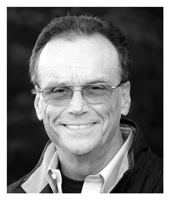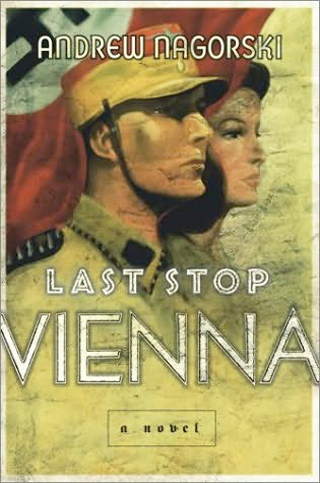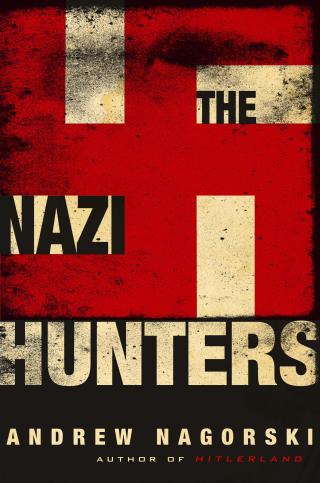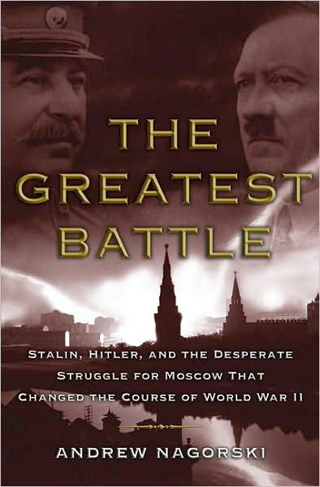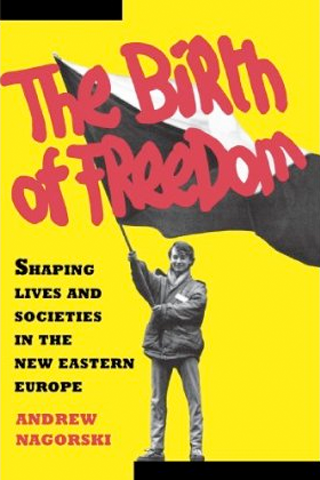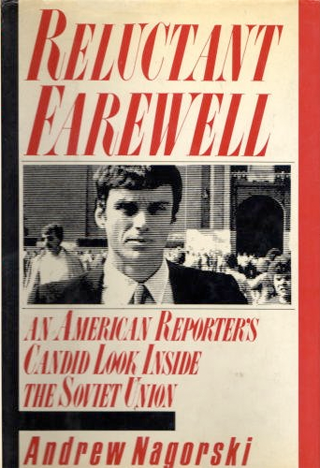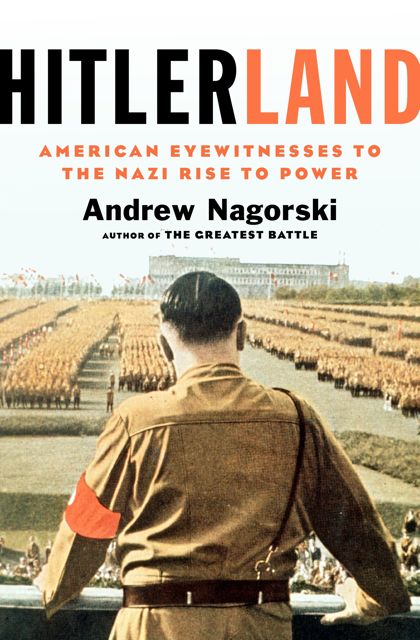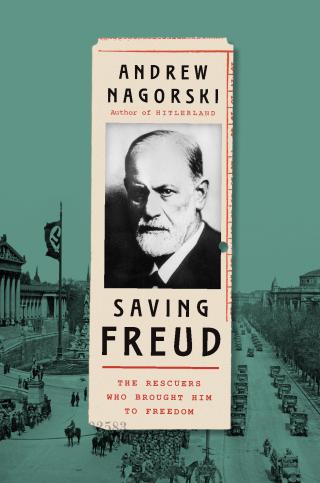A journalist examines the Holocaust’s inhuman perpetrators and their all-too-human pursuers.
In 2004, French president Jacques Chirac journeyed to an obscure mountain village. Le Chambon-sur-Lignon was one of a handful of French towns to hide its Jewish residents during the Nazi occupation, and he had come to pay his respects six decades later. “Here, in adversity,” Chirac intoned, “the soul of the French nation manifested itself. Here was the embodiment of our country’s conscience.”
This was the lowest kind of political boilerplate. During the Holocaust, France had no conscience. Some citizens defied the Nazi occupiers at enormous personal risk, but they were the exception; the collaborationist Vichy government was the rule. The part it played in the twentieth century’s central crime has permanently stained the French Tricolor, as it has so many other European flags, from Italy to the Ukraine.
When World War II ended, some accounts were settled privately by citizens who had suffered under the occupation. Others were publicly adjudicated by the Nuremberg Trials of 1946, which meted out punishments to highly placed war criminals. But far too many culprits slipped through the net. By the mid-1950s, Europe had wearied of postwar investigations. There were cities to be constructed, economies to be boosted—and histories to be fabricated. In the end, retribution was left to the victims and their righteous advocates. These independent agents were the lodestars of melodramas like Marathon Man, The Odessa File, and The Boys from Brazil.
But the true-life stories of the stalkers and their prey are far more intriguing than any Hollywood production. The proofs highlight every page of Andrew Nagorski’s The Nazi Hunters, a new study of the evildoers and how they were pursued. Nagorski is not a professional historian; he was a bureau chief in Asia and Europe for Newsweek. His approach is journalistic: villains and hunters are presented case by case, with little room for character studies or political overviews. But he has a discerning eye and a gift for the revealing anecdote.
The most notorious of the Nazi escapees, he notes, was Adolf Eichmann, the administrator responsible for the humiliation, torture, and death of millions of Jews. Eichmann eluded capture for more than 15 years. After a great many false leads, he was finally traced to Argentina. Since no other nation would prosecute the Buenos Aries resident, a group of Mossad agents were assigned to kidnap Eichmann and bring him to Israel for trial. On May 11, 1960, they did just that, in a sensational operation later described as “impeccable.” Far from it, reports Nagorski. When Eichmann was confronted, he reached in his pocket. In the mistaken belief that the fugitive was armed, an agent began wrestling with him and the two men tumbled into a ditch. Eichmann began screaming. “This well-planned and carefully exercised operation,” recalled an operative, “turned into an unholy mess”—though it did succeed.
Other projects turned out worse. Tscherim “Tom” Soobzokov had served alongside the Waffen SS, rounding up Jews for deportation and execution. Somehow, he managed to portray himself as a victim of the very troops he helped. Resettled in Paterson, New Jersey, he became an organizer for the Teamsters Union. The Nazi hunters rounded up eyewitnesses to Soobzokov’s crimes and publicized their findings. They hoped for another major trial that would inform a new generation about atrocities slipping from popular memory. But on August 15, 1985, they were thwarted when vigilantes detonated a pipe bomb outside Soobzakov’s home. Its occupant was fatally wounded. Though the FBI surmised that the Jewish Defense League had been responsible, the case was never solved.
Eight years later, the author reports, “there was another killing that could have been ripped from the pages of a thriller.” This time, the setting was a Parisian apartment. The target: René Bousquet, an 84-year-old former police chief who had orchestrated the deportation of Jews from occupied France, an exodus that included thousands of children. On a pleasant evening in June 1993, Bousquet answered a knock on his door. He was shot point-blank. The wild-eyed assassin, Christian Didier, was not Jewish; as he proclaimed to the gendarmes, he was simply a self-appointed representative of those destroyed by the Third Reich. Sentenced to ten years in prison (he served half that time), Didier declared, “If I had killed him 50 years ago, I would have received a medal.”
Not from the career Nazi hunters. Serge Klarsfeld and his wife Beate, for example, were appalled by the news. Above all, Serge was to write, “Jews wanted justice, not vengeance.” The problem was that justice could require moral compromise. The Klarsfelds, who had exposed many war criminals, sometimes worked with the dreaded Stasi, the German Secret Police, to achieve their ends.
The celebrated Nazi seeker, Simon Wiesenthal, was similarly flawed. The death-camp survivor dedicated his life to naming and finding the killers of his co-religionists. Alas, as Nagorski points out, Wiesenthal was ego-driven, grabbing far too much credit for locating Eichmann. He also maintained that Josef Mengele, the Nazi surgeon who had performed monstrous medical experiments, was still on the run six years after he’d died incognito in Brazil. And, post-retirement, Wiesenthal lambasted directors of the Los Angeles Center that bears his name. They had dared to depart from his insistent, self-aggrandizing style.
The most telling of the book’s interviews concerns American-born Israeli Efraim Zuroff. A freelance investigator, Zuroff still spends his days in pursuit of those whose depravities cannot be overlooked, even though some have reached their ninth decade. “I’ve never met a single Nazi hunter who is willing to say a good word about another Nazi hunter,” he claims. “It’s jealousy, it’s competition, it’s all those things.” It’s a gloomy assessment of the men and women who tried, with mixed results, to awaken a world more concerned with the glamorized future than the genocidal past. Yet if that’s the worst that can be said of the bloodhounds, what’s the best that can be said of their quarry?
Stefan Kanfer, a City Journal contributing editor, is the author, most recently, ofThe Eskimo Hunts in Miami.
